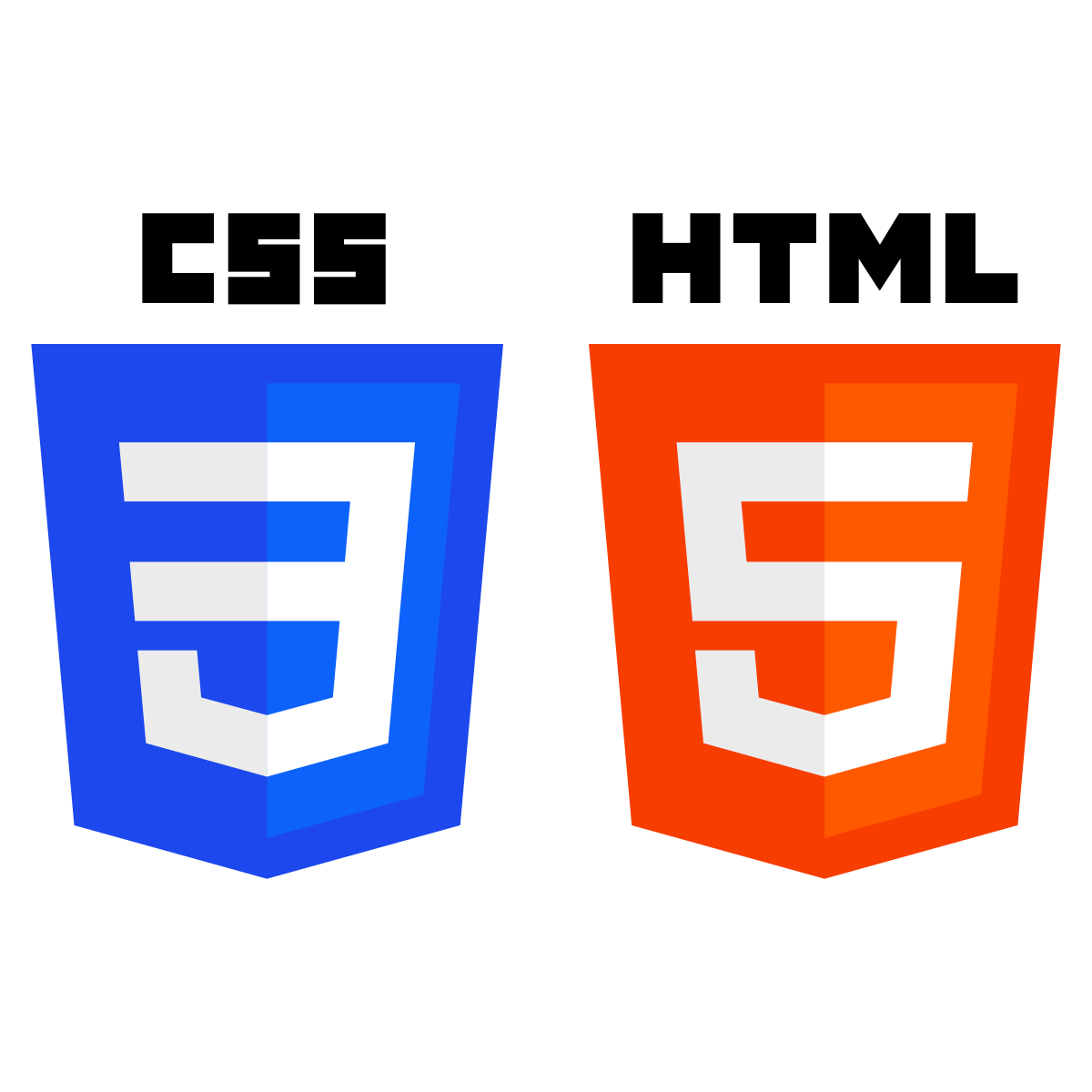
#Arachnophilia html css manual#
But my experience of Dreamweaver around that era was that it's HTML output still needed a lot of manual refactoring in a text editor afterwards. > as Dreamweaver produced very clean HTML output.Ĭleaner than Frontpage and most of the other design tools out then, sure. Hence why I'd recommend it for designers rather than developers ) If you're familiar enough with HTML to use Arachnophilia (which, if anyone isn't familiar with that particular editor, was basically just the Notepad++ of it's day) then Dreamweaver would just seem excessive. But I guess that's what happens when science or technology becomes business.
#Arachnophilia html css code#
These days I feel we've lost something with all these bloated frontend frameworks which act like magic boxes in that an alarming number of frontend developers don't understand how their code executes. Nobody really knew what you could or couldn't do with it. VRML I think was a victim of being too ahead of its time.

#Arachnophilia html css software#
But this was long before it was 3D accelerators were common inside PCs (they were still very expensive so most graphics cards software rendered 3D models). Back in the 90s I used to create epic 3D landscapes that would render inside the browser much like how some experiment with WebGL these days. My favourite of the failed web technologies was VRML. Frontpage though you're brave admitting to using that! Wasn't keen on Dreamweaver - I mean I guess it's ok if you're a designer but not really something I'd have ever recommend for developers. He's just such an inspiring guy to talk to, but unfortunately, there was no time for recapitulating the XHTML situation. Back in february I met Steven Pemberton (XHTML spec lead back then, and of ABC/Python fame). It's sad and surprising how much time and energy was wasted on XHTML. You know you're doing it wrong IMHO when you have to discuss whether you want to store your data in attributes or element content, a distinction that only makes sense for text data. In XForms, for example, XML was used as a programming language which just never made sense. To the contrary, I believe XHTML (and XML in mainstream apps) fell out of favor because the spec authors tried to anchor each and everything on XML, rather than on something that makes sense for the task at hand (a phenomenon not unheard of for JSON and YAML as well). Just that browser content is mostly text, however, doesn't mean everything has to be markup. Now don't get me wrong, and as you know from my other posts here I'm as much of a markup geek as can be, but IMO markup is first and foremost for representing and authoring text. I believe the failure of XHTML was to cram everything into XML I found XForms especially pointless. Loading data asynchronous used to be possible with XML on both IE56 and Firebird/earlyFirefox already in 2003, I found only two sites back then that had documentation for that obscure API back then, but it worked great - made a CD-ROM based elearning software written as one-page-app (HTML4, CSS and JS) with loading data from XML files and showing text, pictures and multimedia videos (Flash MX, before there was FLV format), that was two years before it became well know as AJAX (now XHR). I quickly learned that a few tables and using CSS for everything else worked well in practice and gave one a responsive design long before it had a name. Then there was the hype to not use tables but do everything with CSS divs.

CSS was okayish since IE5.5 and especially IE6 and MozillaSuite. Thankfully it died, and there was never a JS4, but the JavaScript 5 strict was superb. XML used to be everywhere, and some nuts tried to make XML part of JavaScript syntax - Mozilla and Adobe were into this crazy land. There was also a weird short hype around a new incompatibility Javascript version 4, short E4X. Anyway XHTML2 was a trainwreck, they were nuts to propose an completely incompatible syntax, a failed ideology and I switched back shortly after to HTML4 (2004). The XHTML movement was a weird hype, I tried it out but TinyMCE/WYSIWYG-editor spit out old HTM元 code at that time, so I tried XHTML 1 Transitional, but used. HTML 4 Transitional used to be very popular back in the 1999/2000. I used Arachnophilia (old native application, not the Java based one), Frontpage and Dreamweaver.


 0 kommentar(er)
0 kommentar(er)
